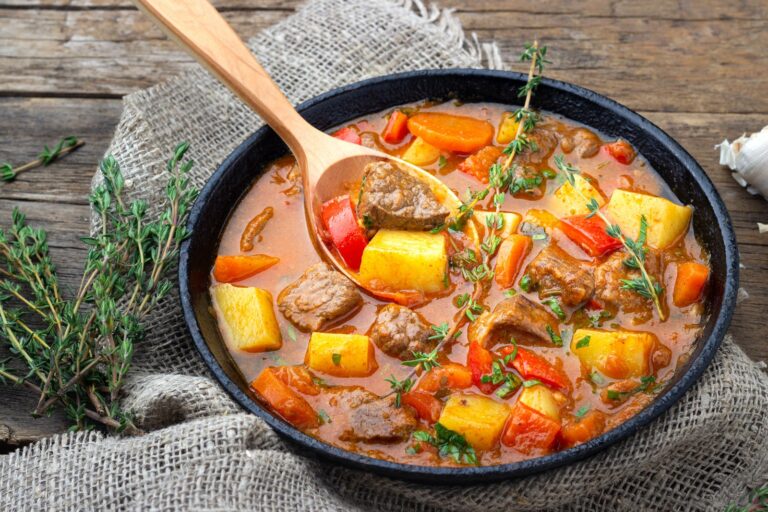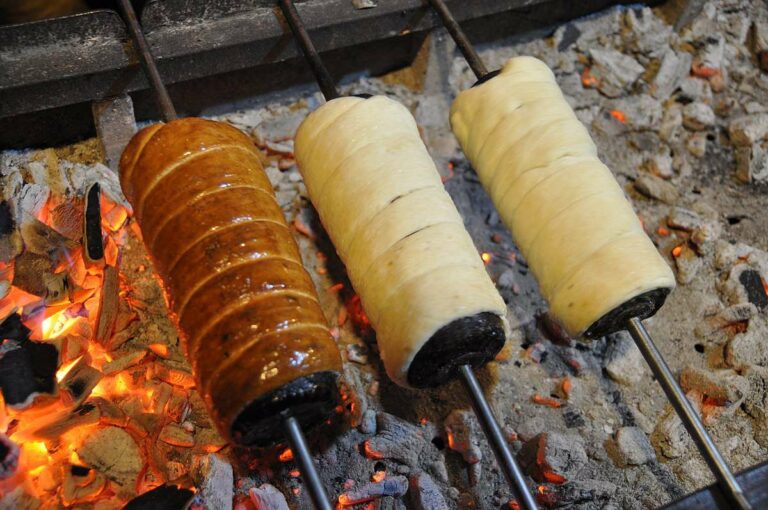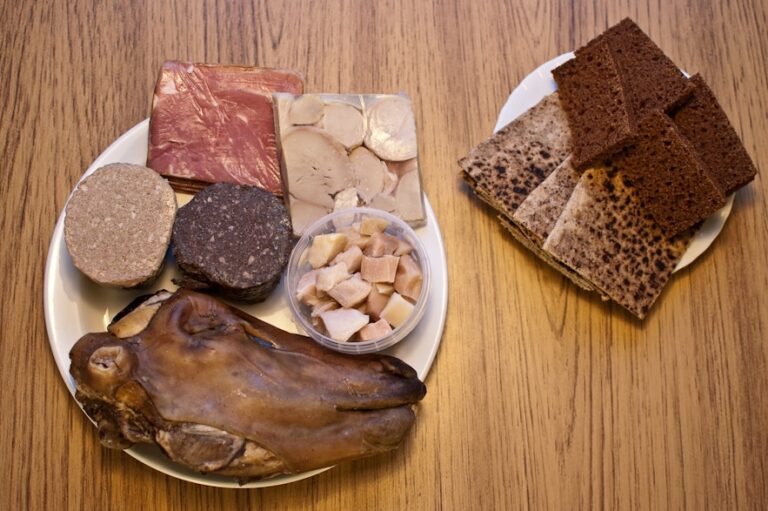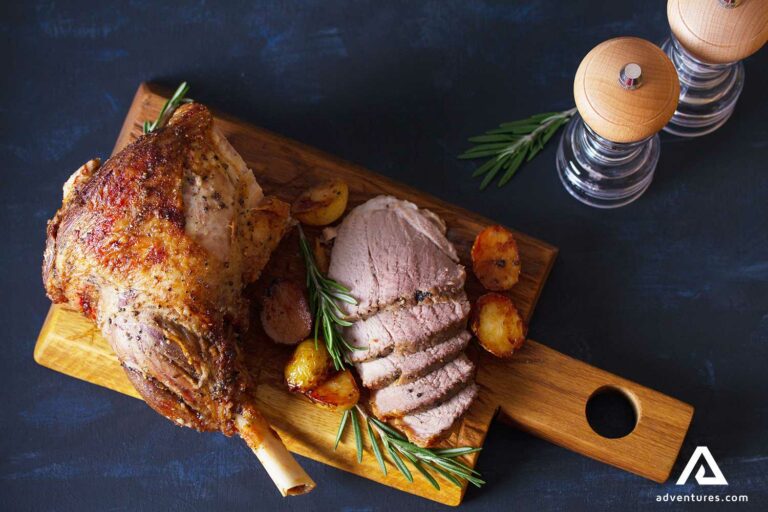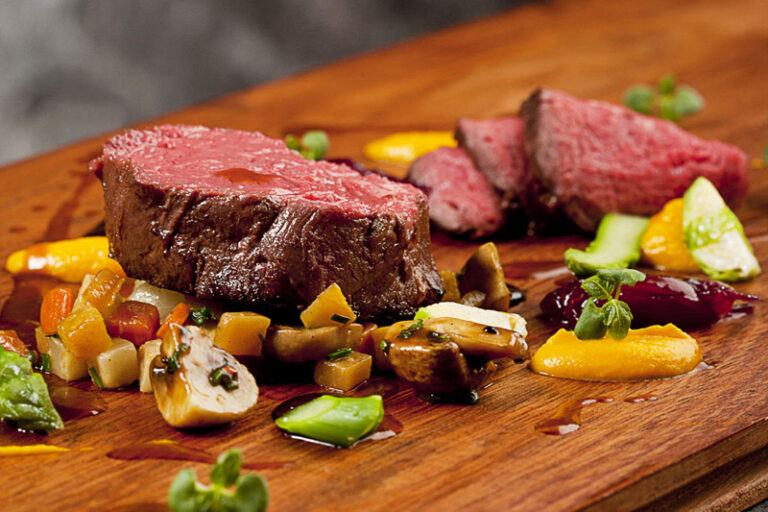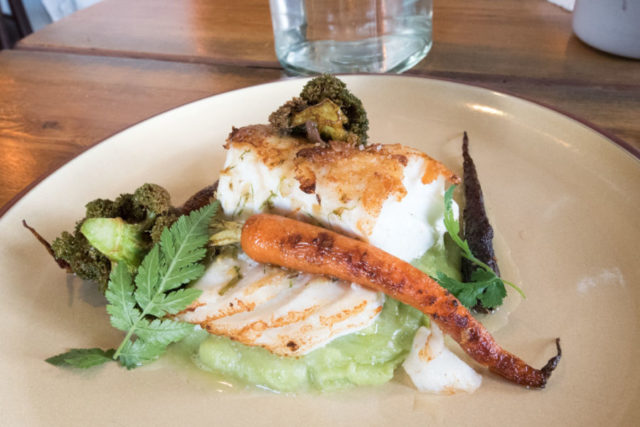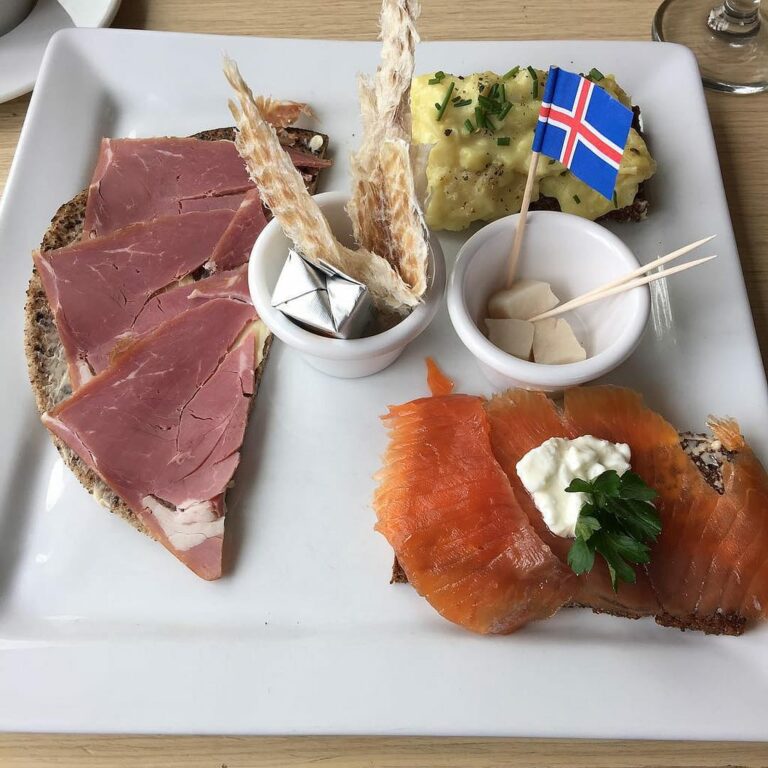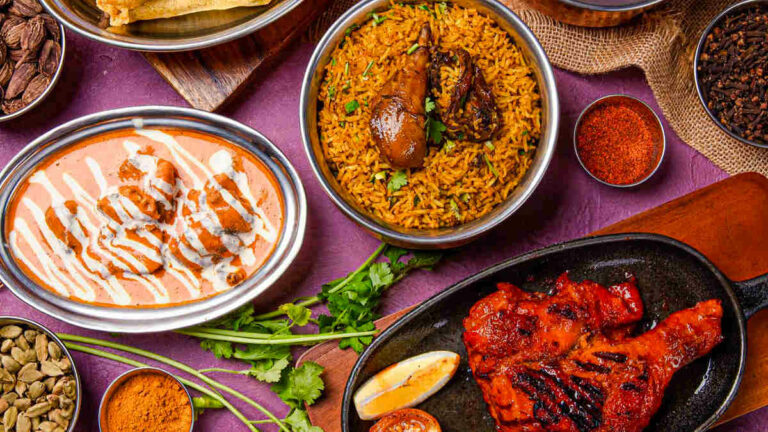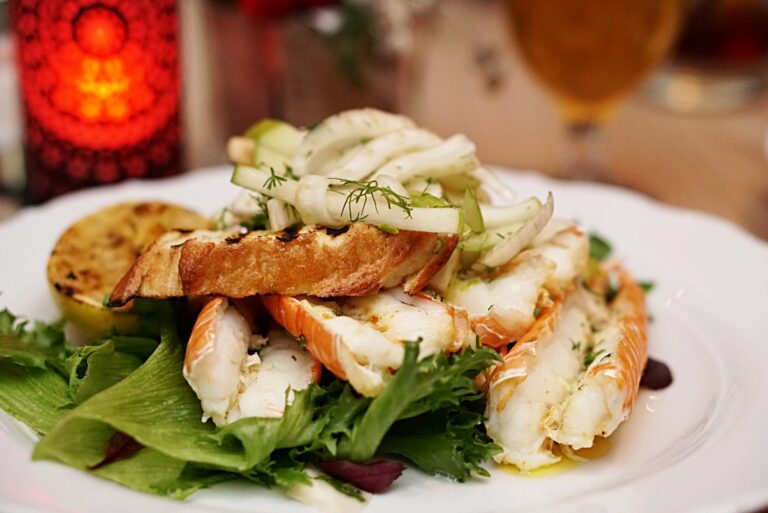Introduction to Hungarian cuisine
Hungarian cuisine is a blend of flavors and styles from neighboring countries in Europe, as well as Middle Eastern and Asian influences. Meat, potatoes, paprika, and sour cream are common ingredients in many traditional dishes. Hungarian cuisine also features a rich variety of breads and pastries, which reflect the country’s long history and diverse cultural influences.
Bread, a staple food in Hungary
Bread has been a staple food in Hungary for centuries. Many traditional Hungarian dishes, such as goulash and paprikash, are served with bread. Hungarian breads are typically dense and hearty, with a thick crust. Rye, wheat, and cornmeal are commonly used to make bread in Hungary. Many local bakeries still use traditional methods to prepare their breads, which involve long fermentation times and the use of natural sourdough starter.
Traditional breads in Hungarian cuisine
One of the most well-known traditional breads in Hungary is the kenyér, which is a classic sourdough rye bread. Another popular bread is the pogácsa, which is a savory pastry made with cheese and sometimes bacon. Another popular bread is the lángos, which is a deep-fried dough that is topped with sour cream and cheese. Other traditional breads in Hungary include the kalács, which is a sweet braided bread, and the töki pompos, which is a flatbread made with potatoes.
Pastries, a sweet specialty in Hungary
Hungarian pastries are a sweet specialty that reflect the country’s rich culinary traditions. Pastries are typically served as a dessert or a midday snack. Many Hungarian pastries are made with sweetened cream cheese or fruit preserves and are rolled or folded into various shapes. Other pastries feature a flaky, buttery crust and are filled with nuts or sweetened cheese.
Popular pastries in Hungarian cuisine
One of the most popular pastries in Hungary is the kifli, which is a crescent-shaped pastry that is filled with sweetened cream cheese or fruit preserves. Another popular pastry is the rétes, which is a flaky pastry that is filled with nuts or sweetened cheese. Somlói galuska is a Hungarian dessert made from sponge cake, vanilla custard, and chocolate sauce, and typically served with whipped cream. Another popular pastry is the chimney cake, which is a sweet, spiral-shaped pastry that is typically dusted with cinnamon or sugar.
Conclusion: A rich and diverse bread and pastry culture in Hungary
Hungary’s rich and diverse culinary traditions are reflected in its bread and pastry culture. From hearty rye breads to sweet pastries filled with cream cheese or fruit preserves, Hungarian breads and pastries offer a wide range of flavors and textures. Whether enjoyed as a snack or as part of a traditional meal, breads and pastries are an essential part of Hungarian cuisine.

